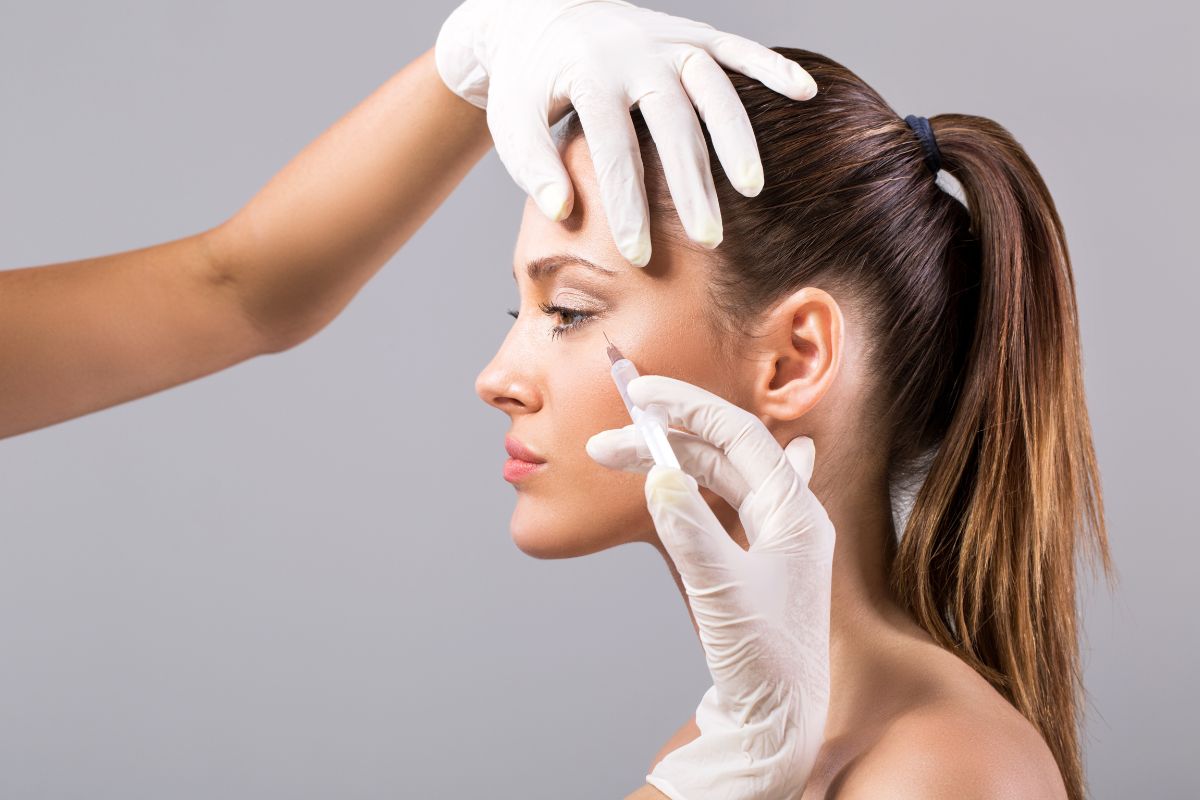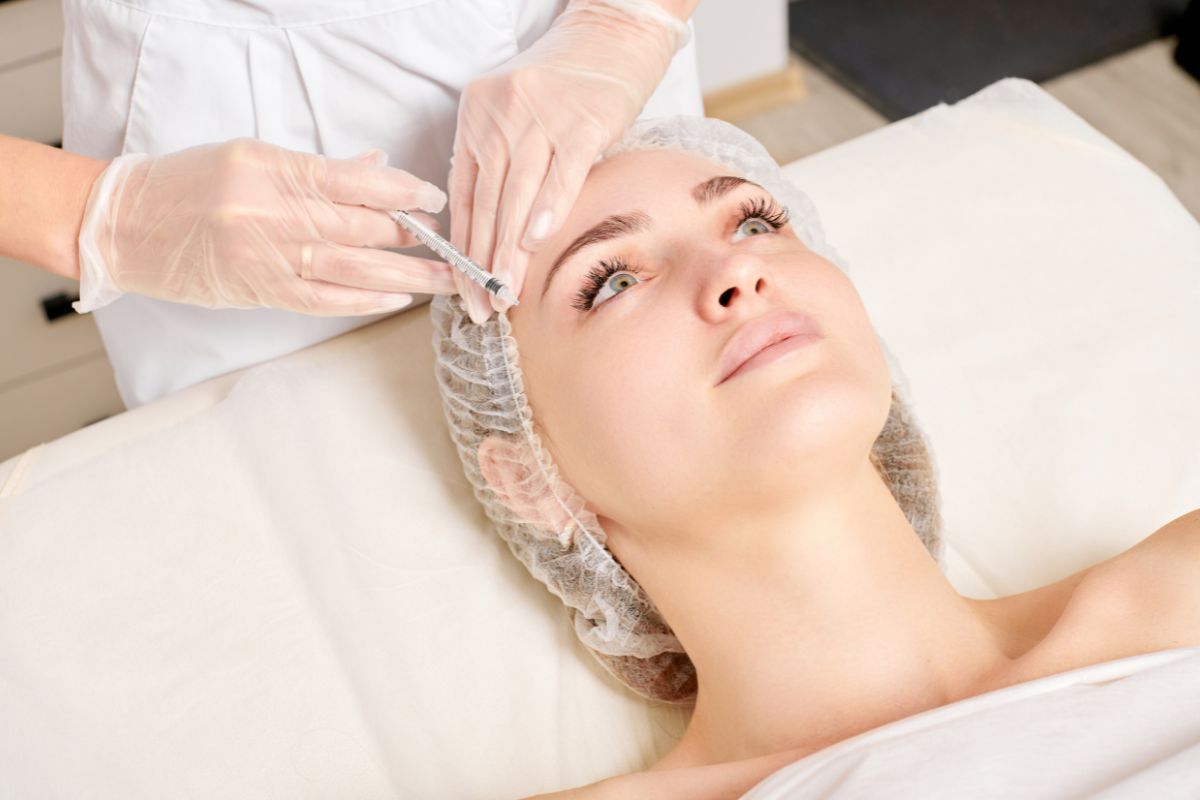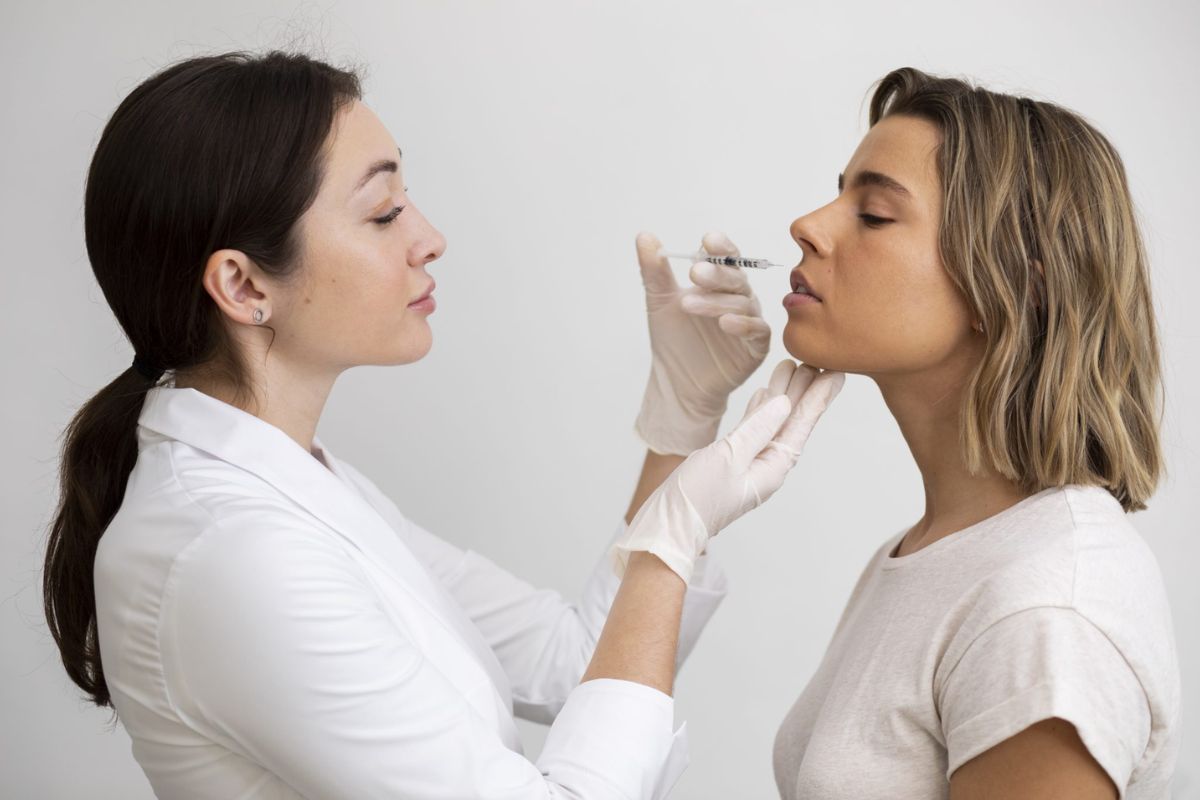Regarding young, flawless skin, injectable procedures such as Botox and Dysport have become somewhat well-known. Both are FDA-approved neuromodulators used to relax face muscles and therefore minimize fine lines and wrinkles. Though they have certain similarities, each one is unique because of certain clear distinctions. This page investigates Dysport and Botox to help you decide which would be better for USA smoother skin.
Table of Contents
What Is Botox?
Famously known in cosmetic procedures, Botox has been around for decades. Derived from botulinum toxin type A, it acts by momentarily inhibiting nerve signals to the muscles, therefore inducing relaxation. Wrinkles, especially around the forehead, eyes (crow’s feet), and between the eyebrows (glabellar lines), hence fade.

Depending on the person, Botox is well-known for producing noticeable benefits lasting anywhere from three to six months. Medical ailments include migraines, too much perspiration, and muscular tension have also been treated using it.
What Is Dysport?
Derived from botulinum toxin type A, Dysport—like Botox—works similarly to relax facial muscles to minimize wrinkle look. But Dysport is especially meant to address moderate to severe glabellar lines—the lines separating your eyebrows—and is renowned for producing a more natural, spread-out effect.

Usually starting somewhat faster than Botox, Dysport produces results two to three days following treatment. It’s also a wonderful choice for treating more of the face since it’s thought to diffuse more readily into bigger areas. Dysport’s effects last three to five months on average; touch-ups are advised for ongoing smooth skin.
Key Differences Between Dysport and Botox
1. Speed of Results
The key variation between Dysport and Botox is their different speed of action. While Dysport normally shows results 2 to 3 days, Botox can take 4 to 7 days for total effects to show. If you’re seeking quicker results for an upcoming event or occasion, Dysport might be the better choice.
2. Diffusion and Coverage
While Botox usually stays more localized, Dysport distributes more readily across greater areas. For bigger treatment locations, such the forehead, where you desire a more uniform distribution of the substance, Dysport is especially helpful. Conversely, if you wish to precisely target smaller regions, Botox could be more suitable.
3. Dosage
Still another significant difference is product use. Your doctor might use more Dysport than Botox since Dysport dosages are measured differently than Botox, so one is not always more strong than the other. Both depend on personal needs and the injector technique to be efficient.
4. Longevity
Though they vary somewhat, both therapies are long-lasting. While Dysport may last a bit shorter, between 3 and 5 months, Botox usually lasts between 3 and 6 months. Both treatments’ regular maintenance visits might assist in extending the smooth, wrinkle-free look.
5. Side Effects
Generally safe when administered by a physician, both Dysport and Botox might cause minor swelling, redness, or bruising at the injection site. These side effects are temporary and usually resolve within a few days. It’s important to consult with a qualified provider to minimize risks.
Which is Better for Smoother Skin?
Your particular aims and skin issues will ultimately determine which of Dysport and Botox you choose. Here’s a brief analysis to guide your decision:
Choose Dysport if you:
- Want faster results (visible in 2 to 3 days)
- Have larger treatment areas, such as the forehead
- Prefer a softer, more natural spread across the skin
- Are new to injectables and looking for a gentler start
Choose Botox if you:
- Want a more targeted treatment for specific areas
- Need longer-lasting results (up to 6 months)
- Are looking to treat smaller, localized areas like crow’s feet
- Want a well-established option with a strong history of success
Conclusion
Although both Dysport and Botox are good treatments for smoothing out skin, the decision between the two will rely on your own tastes, areas of treatment, and desired rate of improvement. Dysport might be the superior choice for more areas and faster impacts. Botox could be your best option if you want a more focused approach with longer-lasting effects.
FAQs
1. Dysport and Botox last how long?
Depending on the person and the location treated, both Dysport and Botox last three to six months. Touch-ups for dysport could need for somewhat earlier timing than for Botox.
2. Are Botox and Dysport safe?
Indeed, given by a qualified practitioner, both Dysport and Botox are FDA-approved and regarded as safe. Common adverse effects are minor, transient ones including redness or swelling.
3. Can I alternately use Botox and Dysport?
You can indeed alternate between Dysport and Botox treatments. See your provider to find the best fit for your objectives and skin type.
















